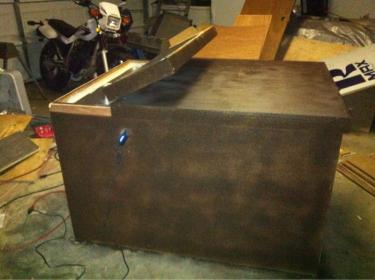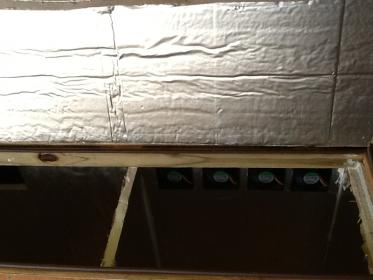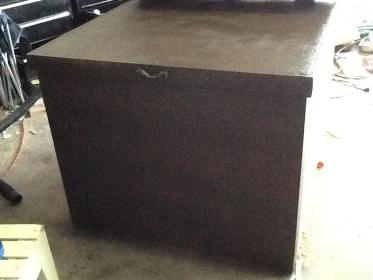Irwinator
New Member
I've been reading through the forum for a few weeks now to try to find answers to my questions. I'm about to start on batch #2 and I know that I fermented a little bit on the hot side for the first batch.
I see that there are a lot of threads on the subject of fermentation and temperature, but I was wondering about how critical it was to keep the temp in the required range for the yeast during the different stages of fermentation.
I'm guessing that it's more critical in the primary stages and less in the later stages. Am I thinking correctly, or are all stages equally critical?
I see that there are a lot of threads on the subject of fermentation and temperature, but I was wondering about how critical it was to keep the temp in the required range for the yeast during the different stages of fermentation.
I'm guessing that it's more critical in the primary stages and less in the later stages. Am I thinking correctly, or are all stages equally critical?






